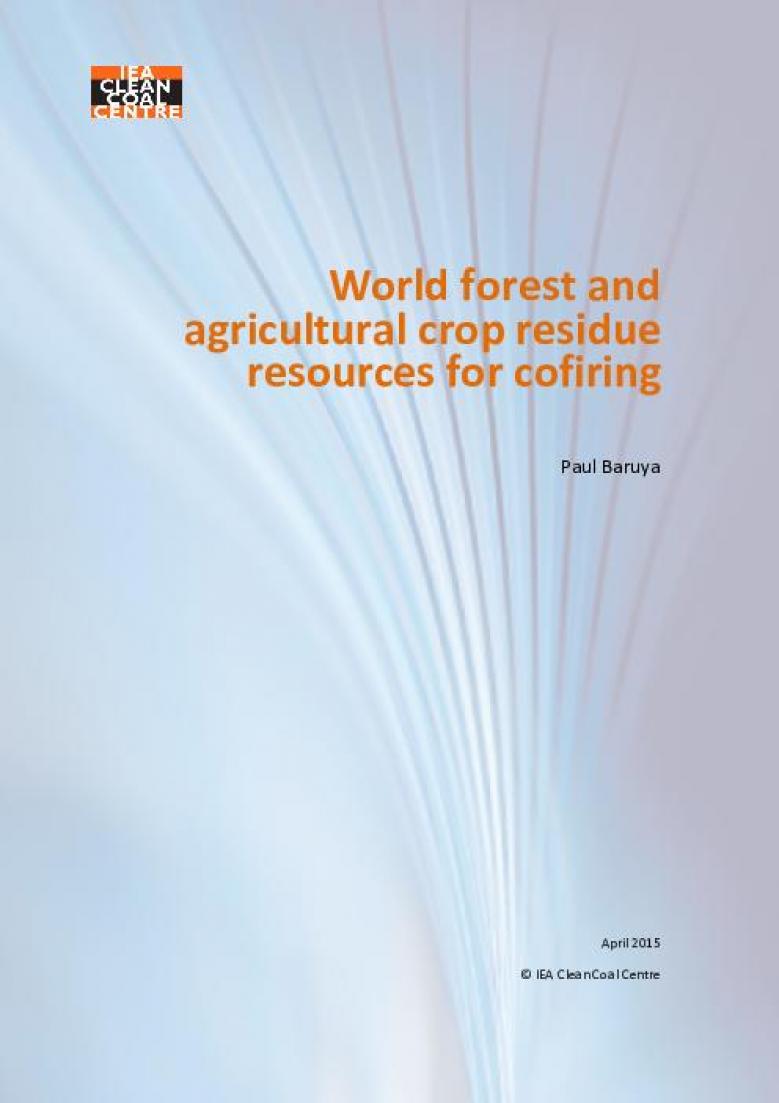Abstract
Biomass could have an important role in the strategy to reduce greenhouse gas emissions from large coal plants. Amongst the plethora of different biomasses, wood pellets have emerged as one of the most successful and fast growing internationally-traded commodities. Wood (and straw) pellets offer a more energy dense and transportable alternative to the traditional wood chip, a product most commonly associated with the paper and pulp industry.
A few large-scale projects in Europe have drawn on North American sources to supplement local supplies of biomass without any major problems. At current levels of demand, there appears to be an abundance of wood resource.
However, extending cofiring at low rates (5‒10%) to the world’s coal-fired fleet will increase demand for wood pellets significantly. Meeting this demand will offer opportunities and challenges for the entire biomass supply chain, not least forest resources. This report reviews the current understanding of world biomass resources using published forestry data from the UN Forestry and Agricultural Organization (FAO). From these data, the author attempts to identify a global and regional resource figure for wood in the form of residues and waste by-products that arise from the forestry industry and discusses the broad issues that affect forest resources worldwide.
| Attachment | Size |
|---|---|
| 2.89 MB |


